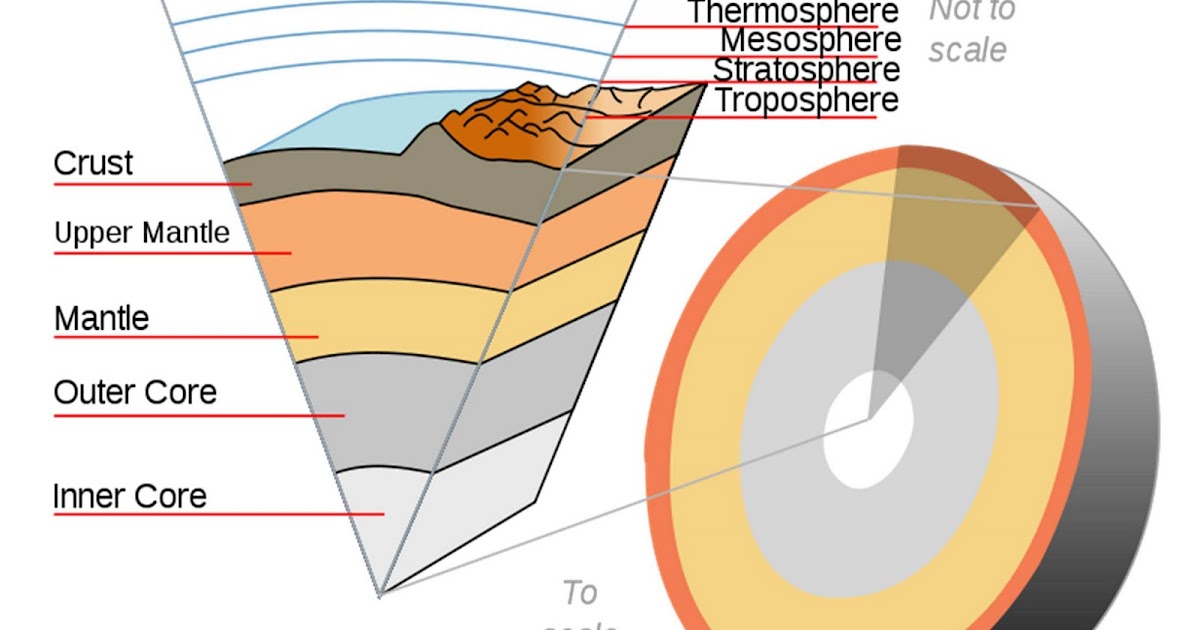Primordial rocks, often referred to as ancient geological formations, hold profound significance in understanding the early solar system. These rocks, which can be traced back to the nascent stages of planetary formation, often present clues to the conditions prevailing at the time of their creation. A remarkable discovery in Canada has brought to light a sample of primordial rock believed to be older than the Earth itself, raising intriguing questions about the origins of our planet and the broader evolutionary narrative of the solar system.
To fully appreciate the implications of this discovery, it is essential to delineate what primordial rocks are and their relevance in planetary science. Primordial rocks are typically remnants from the solar nebula, the cloud of gas and dust that coalesced to form the solar system approximately 4.6 billion years ago. They may consist of materials that escaped the differentiation processes that other celestial bodies underwent, thus encapsulating geochemical signatures of a time long before planetary surfaces were shaped by tectonic and erosive forces.
This geological inquiry poses a playful question: What stories do these ancient rocks whisper about the cosmos, and how can they reshape our understanding of planetary formation? The challenge lies in deciphering these natural archives, which, through extensive analysis, may illuminate the processes that governed the early solar system. By examining isotopes and mineral compositions, scientists can extrapolate the thermal and chemical conditions prevalent when these rocks formed.
Recent findings suggest that the unexpected primordial rocks discovered in Canada may be remnants from a differentiated asteroid or even from a protoplanet. These fragments are invaluable, as they provide a window into the cores of these early celestial bodies. The comparative analysis of their compositions with those found in Earth and other planets could unveil parallels and discrepancies that inform our models of planetary development.
One salient aspect of the primordial rocks is their vast age. Dated to be potentially older than Earth, these rocks challenge the linear narrative of planetary evolution. If parts of an asteroid can predate Earth, this insinuates that the building blocks of terrestrial planets emerged earlier than previously thought. Thus, they force scientists to re-evaluate established timelines for accretion and differentiation processes.
The context of such discoveries is also noteworthy. Researchers have employed sophisticated techniques, including radiometric dating and electron microprobe analysis, to elucidate the age and composition of these rocks. Radiometric dating techniques, especially, have been crucial in not only establishing the chronology of rock formation but also in understanding the environmental conditions that allowed such primordial materials to exist.
This brings us to a pertinent consideration: how could such primordial materials influence current models of solar system evolution? If these ancient stones harbor clues to the processes that generated the Earth, they imply a more intricate web of interactions between asteroids, protoplanets, and the nascent Earth. This complexity could have far-reaching implications for theories regarding the origins of water, minerals, and essential life-sustaining elements on our planet.
Among the plethora of themed narratives connecting these rocks to Earth’s evolution is the hypothesis regarding planetary bombardment. During the Hadean eon, Earth faced significant collisions that introduced volatile elements and compounds crucial for habitability. If primordial rocks provide evidence of these events, they could further bridge the chasm between Earth’s formation and the conditions for life. Notably, studies assessing isotopic ratios from these rocks may identify contributions to Earth’s water source, a vital component for sustaining life as we know it.
Furthermore, understanding primordial rocks can offer insights into the nature of asteroidal bodies and their potential as resource reservoirs. In an age of increasing interest in planetary exploration and asteroid mining, analyzing primordial materials could help categorize these remnants, informing both scientific inquiries and future missions aimed at resource extraction in our solar system.
Nevertheless, this endeavor to decipher primordial rocks is laden with challenges. Their often-unusual mineralogies, coupled with the effects induced by extensive space weathering, pose significant difficulties in analysis and interpretation. Moreover, distinguishing between rocks sourced from various progenitors requires meticulous validation against existing databases of extraterrestrial samples. Each layer of complexity reinforces the notion that the study of primordial rocks is not just an isolated academic pursuit but interlinked with broader cosmic narratives.
To conclude, the exploration of primordial rocks such as those discovered in Canada opens a frontier in planetary science, igniting discussions on the interconnectedness of celestial bodies and their formative processes. As scientists delve deeper into the secrets these ancient materials hold, they invite us to reconsider not only the origins of our own planet but also our place in the grand tapestry of the universe. Are we merely a continuation of a process rooted in primordial history, or are we an anomaly within it? Such contemplations are essential as we strive to unravel the enigmatic past of our existence.












